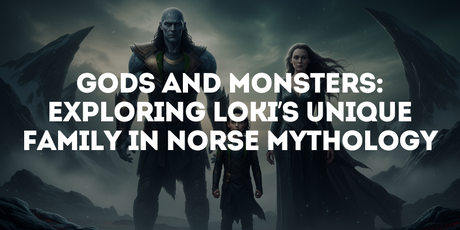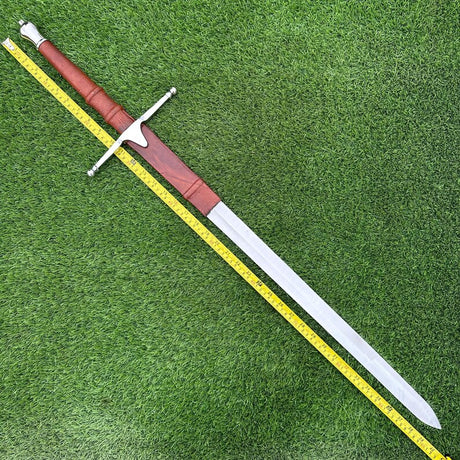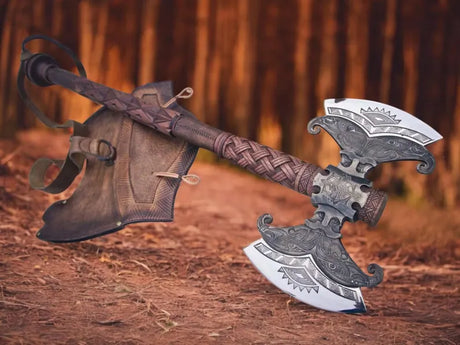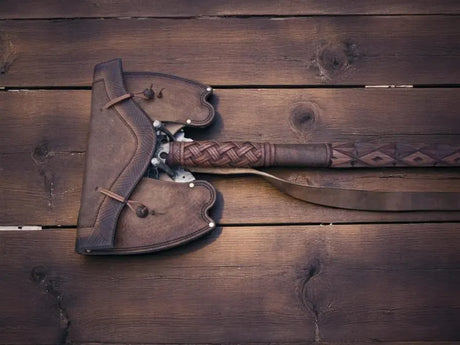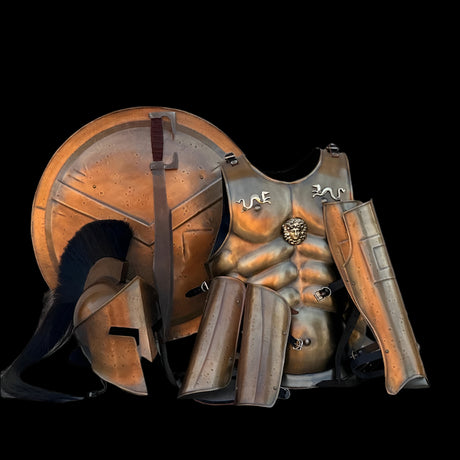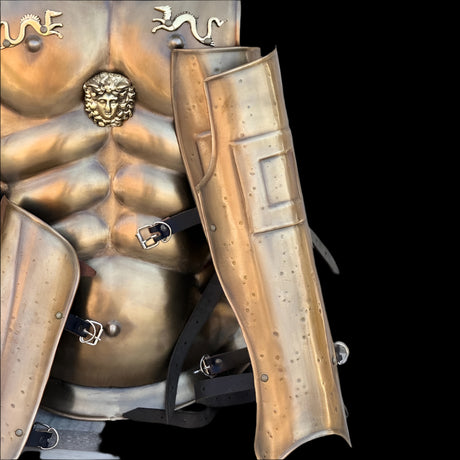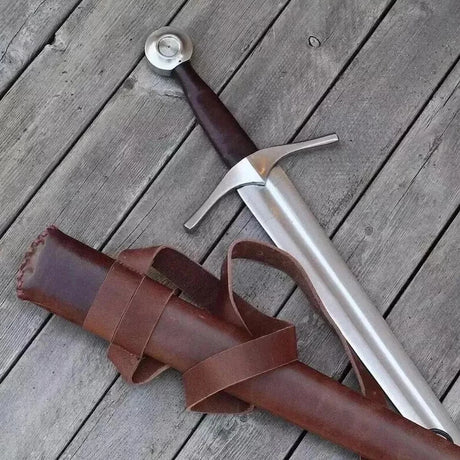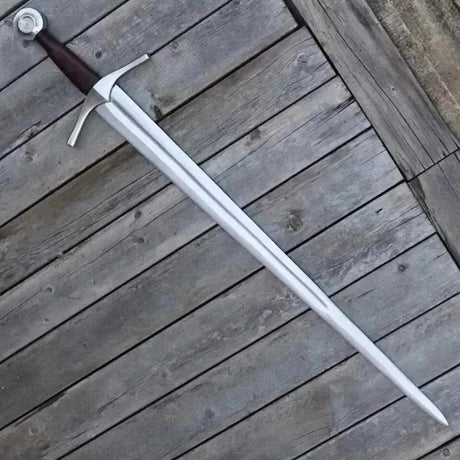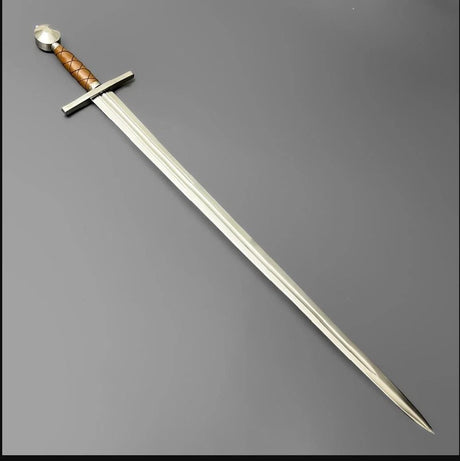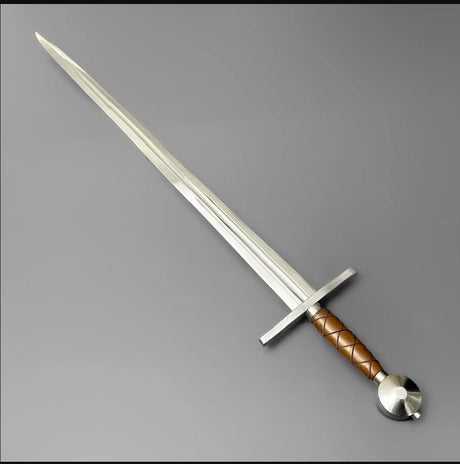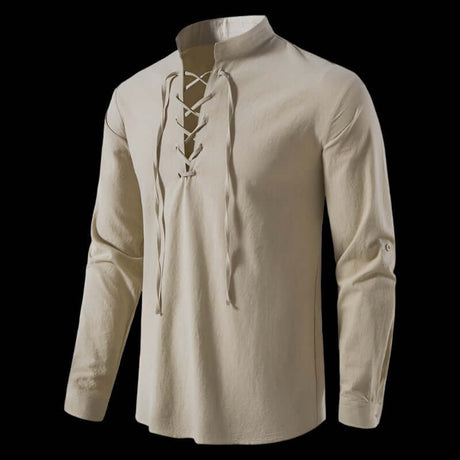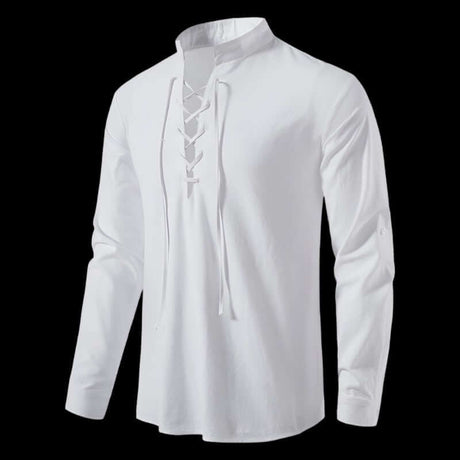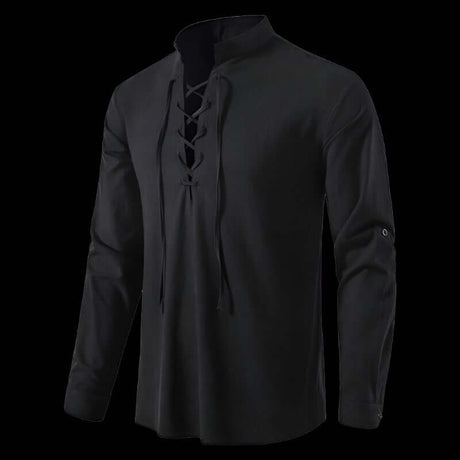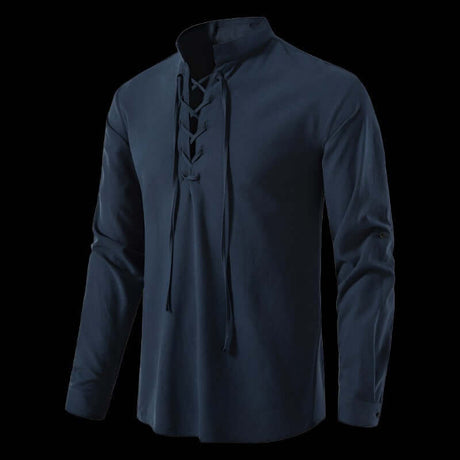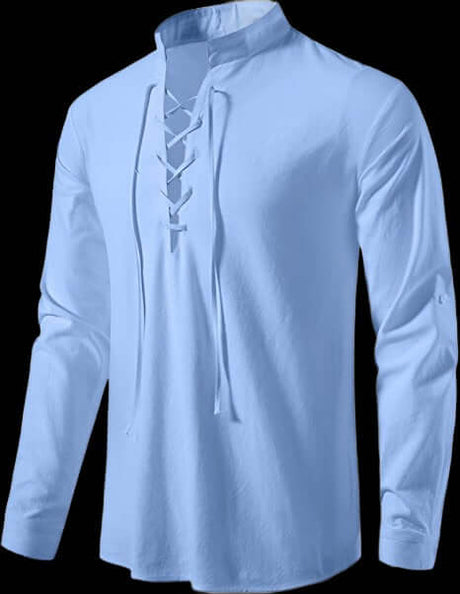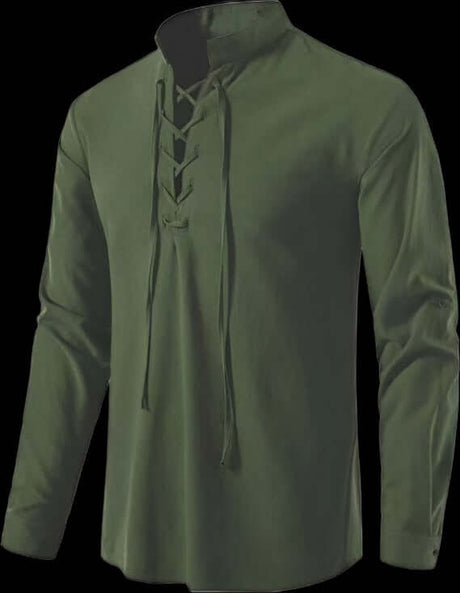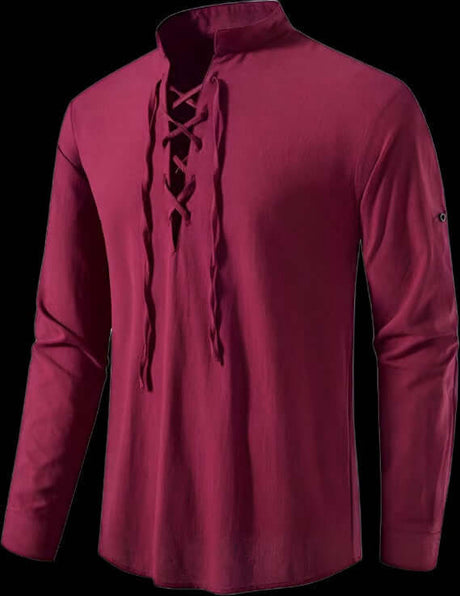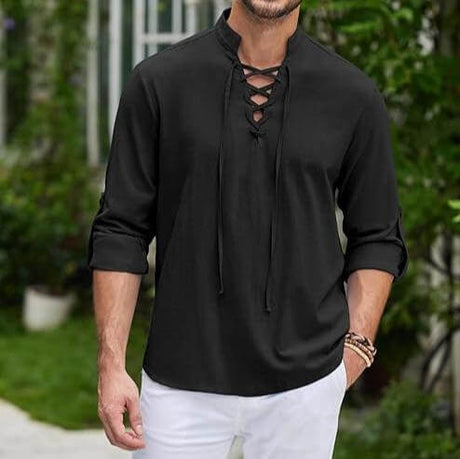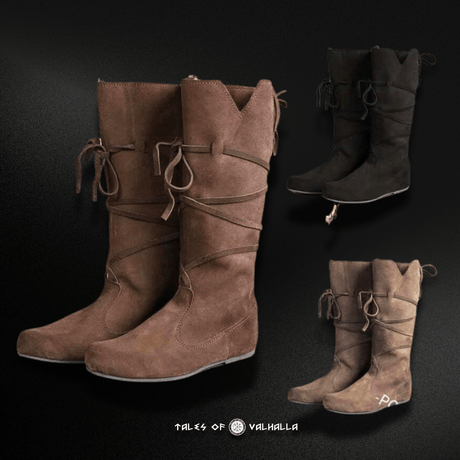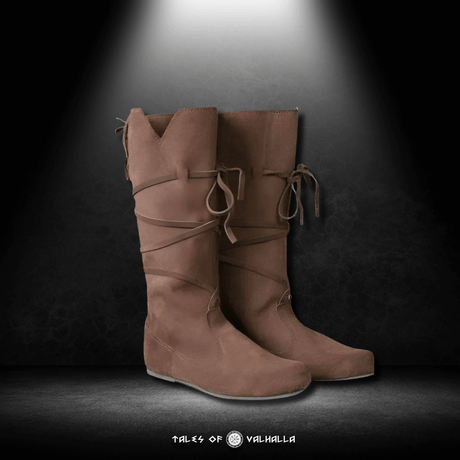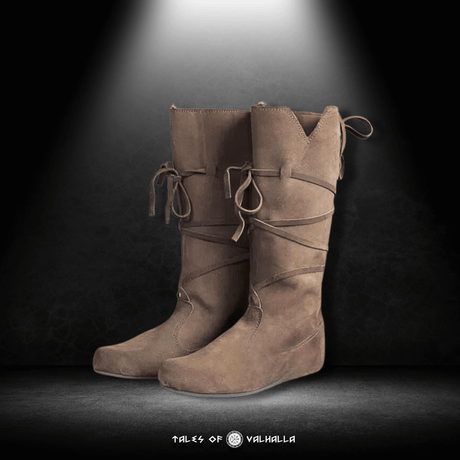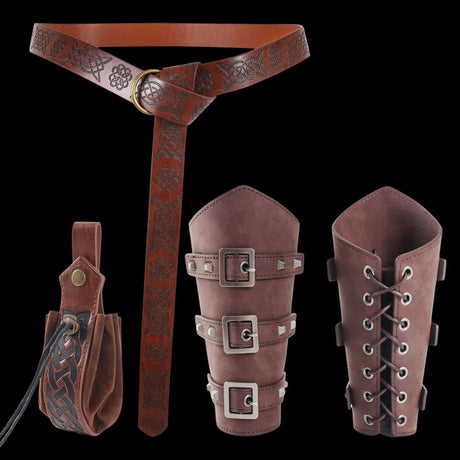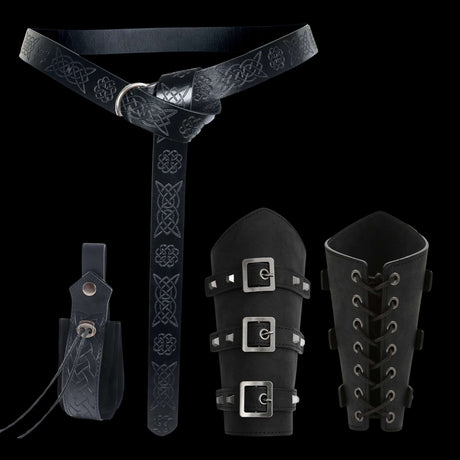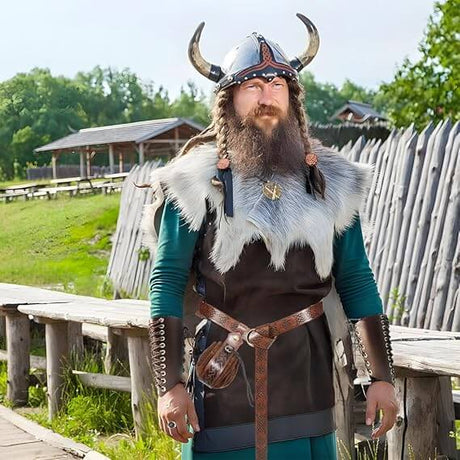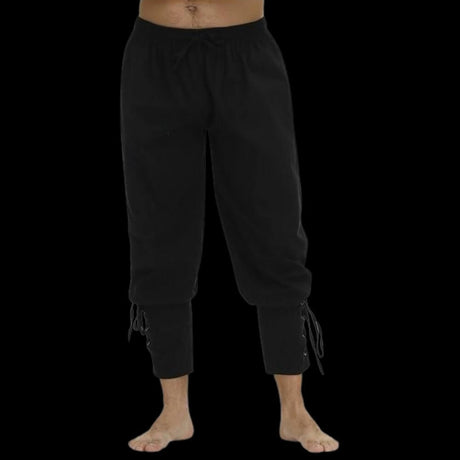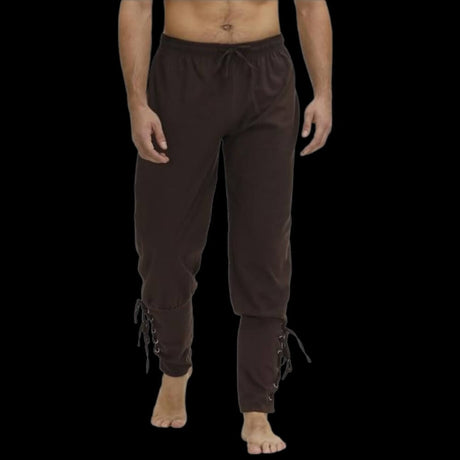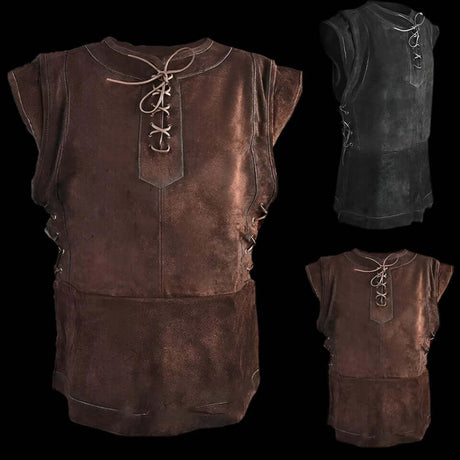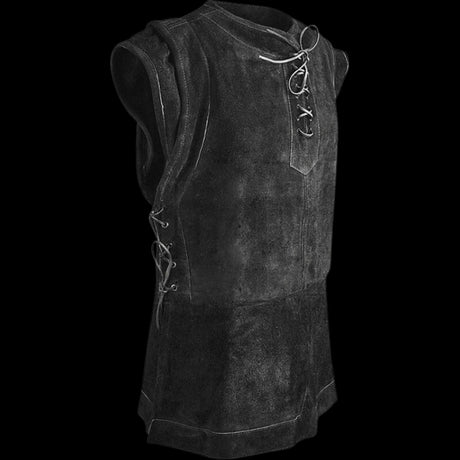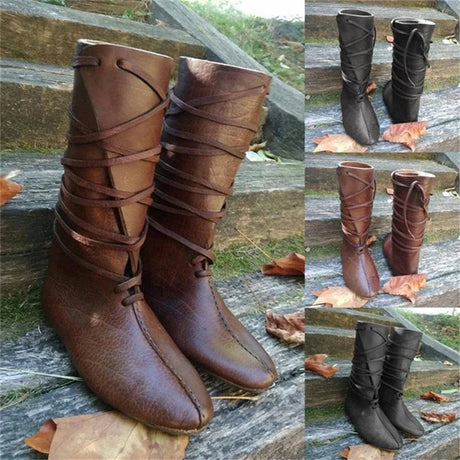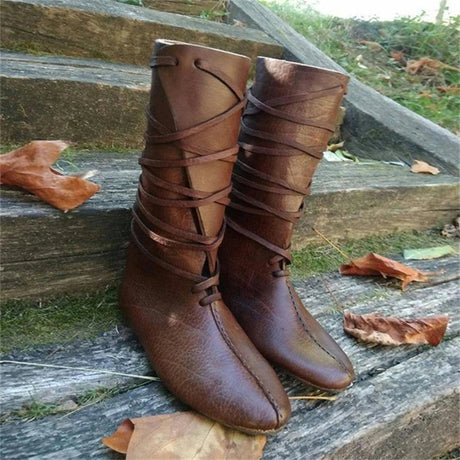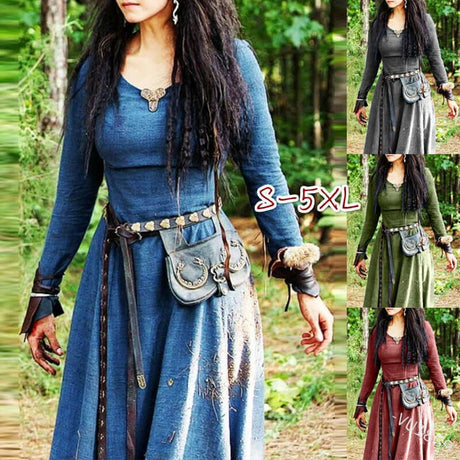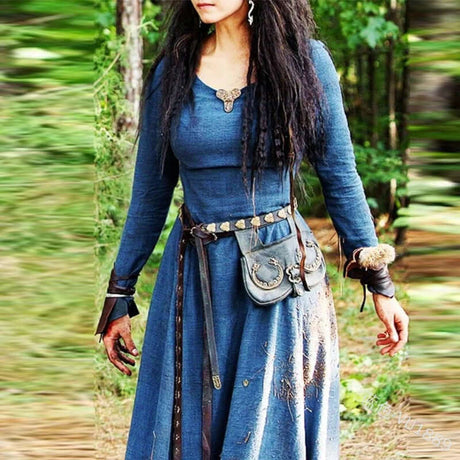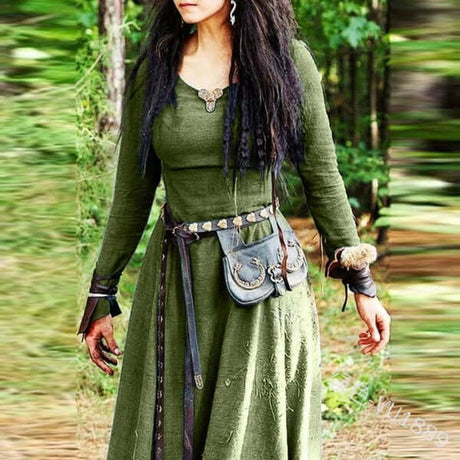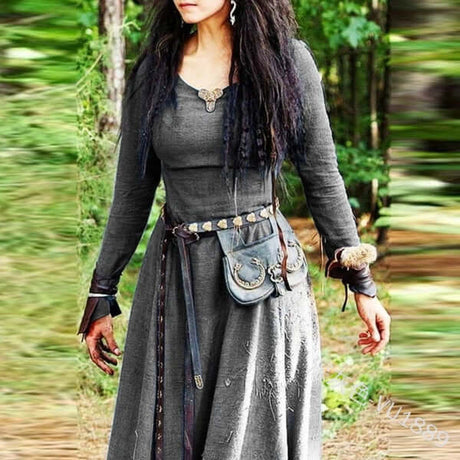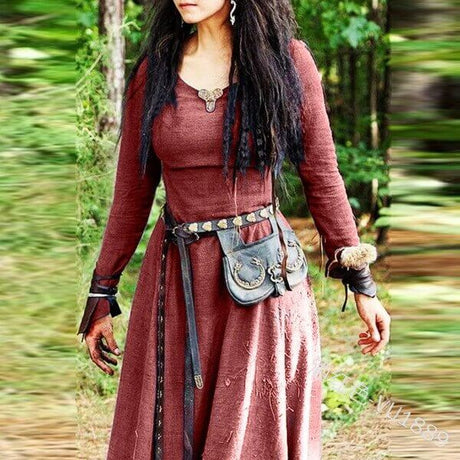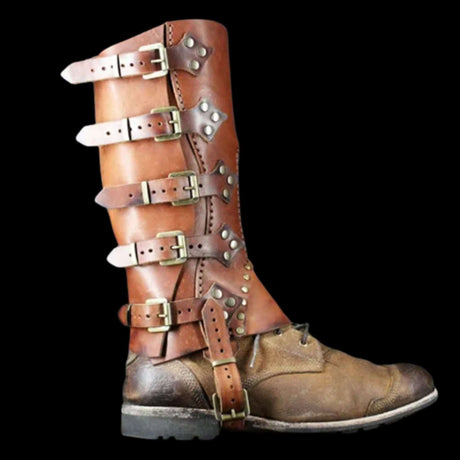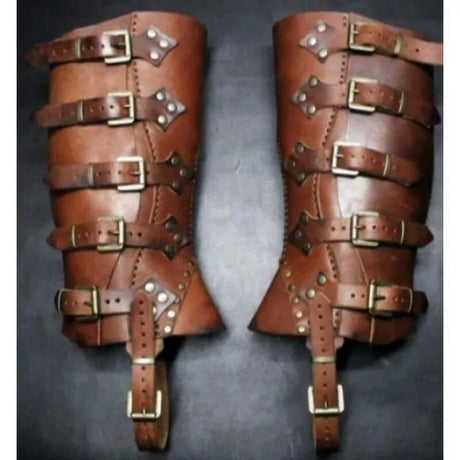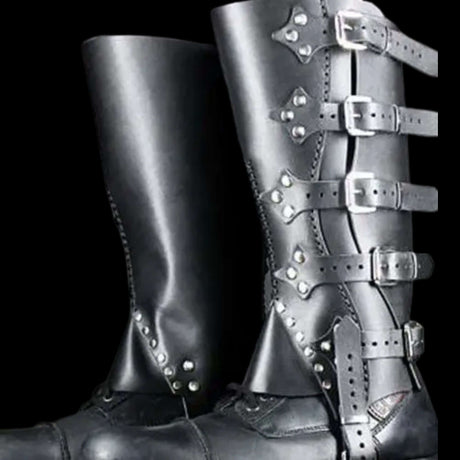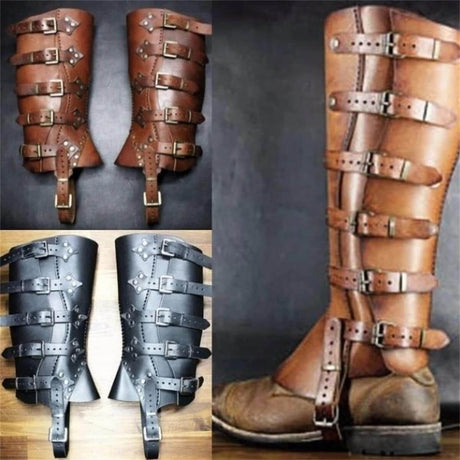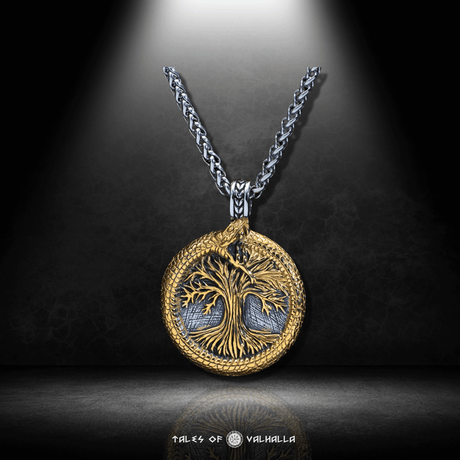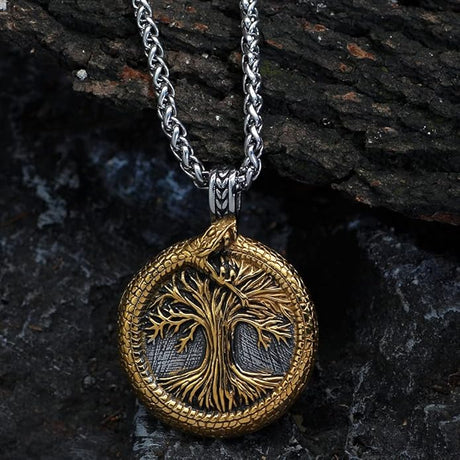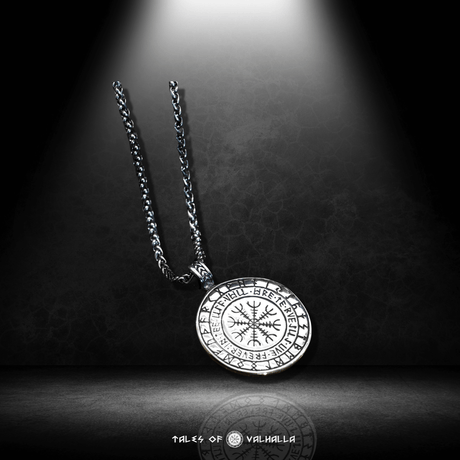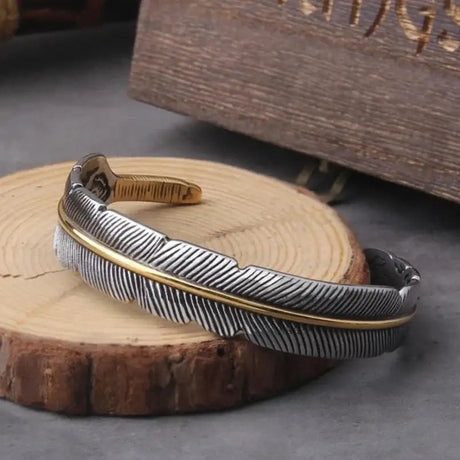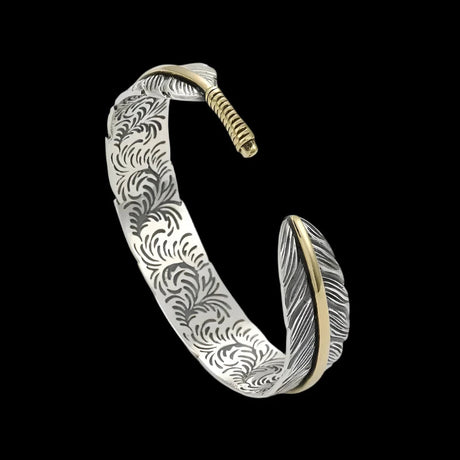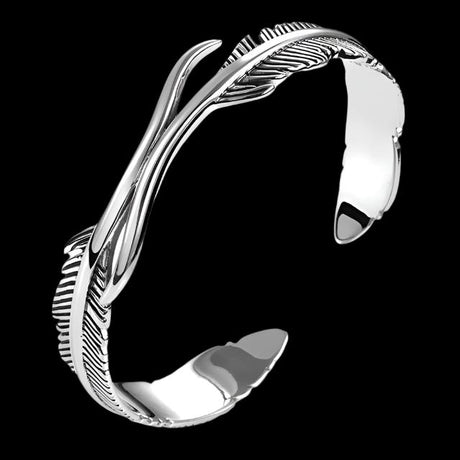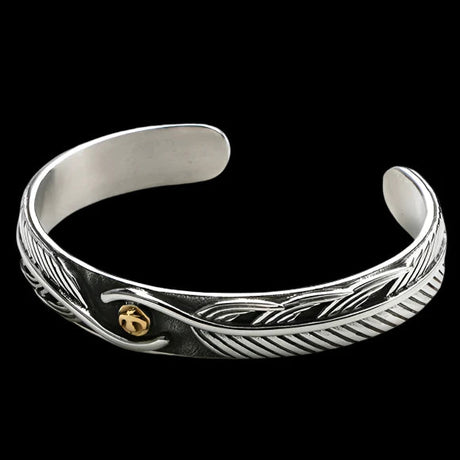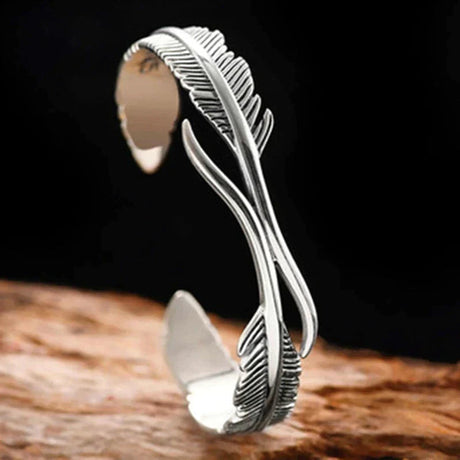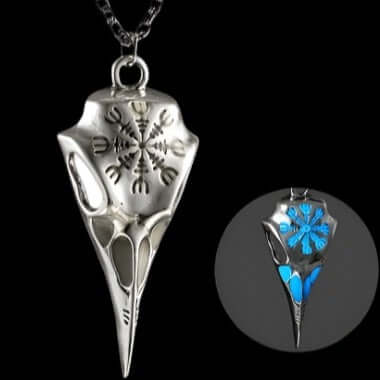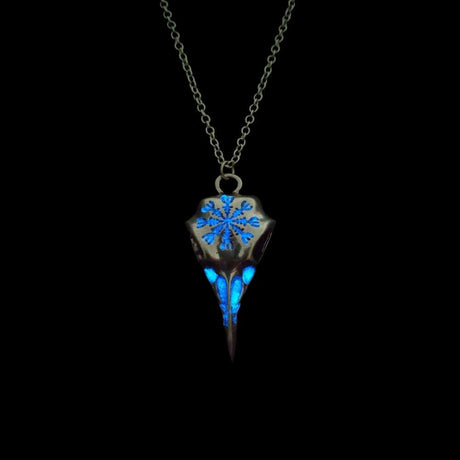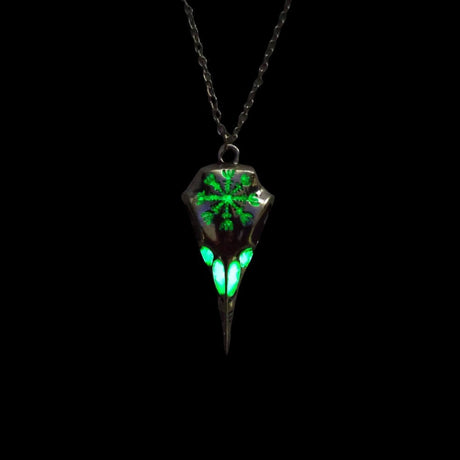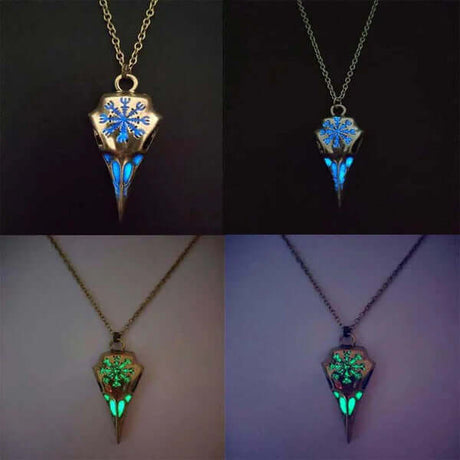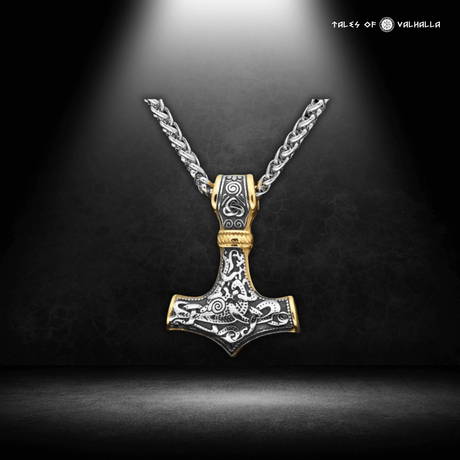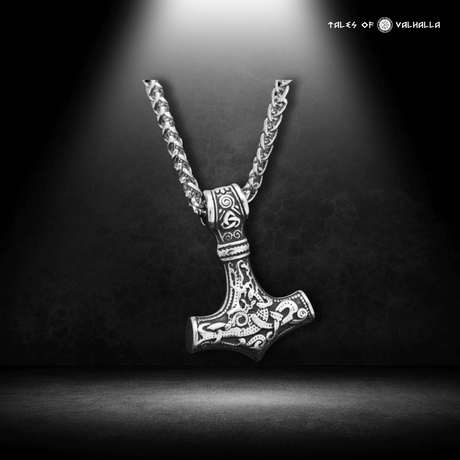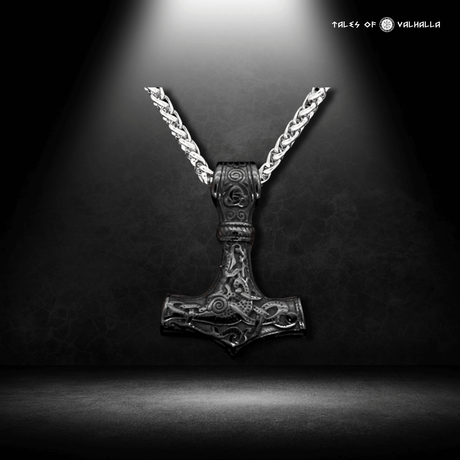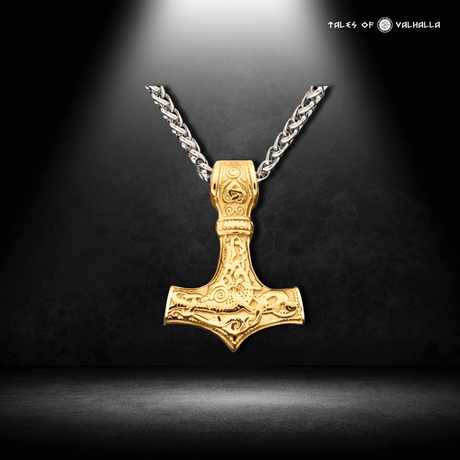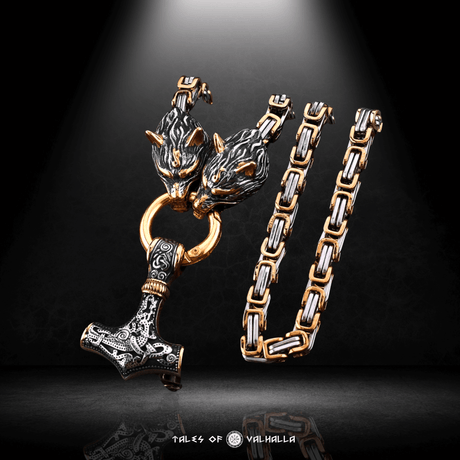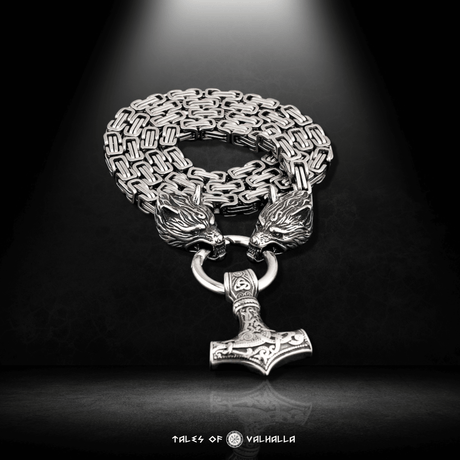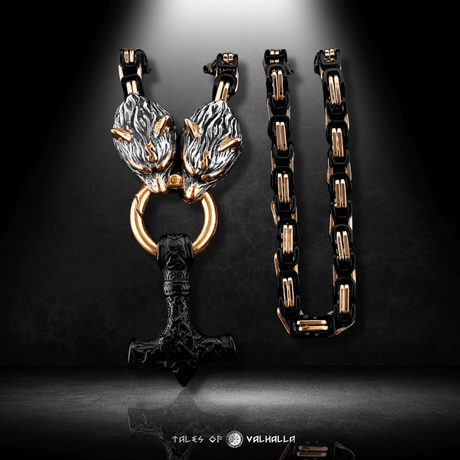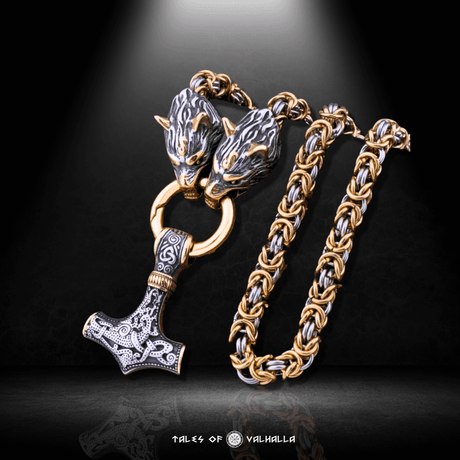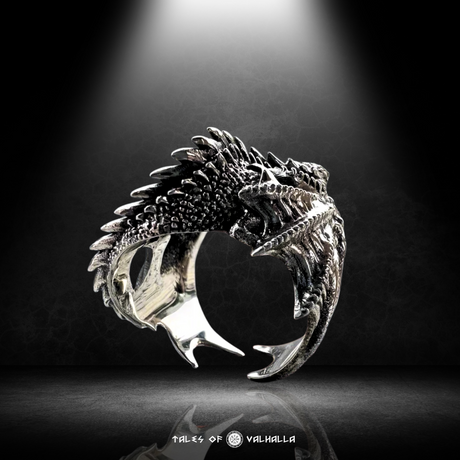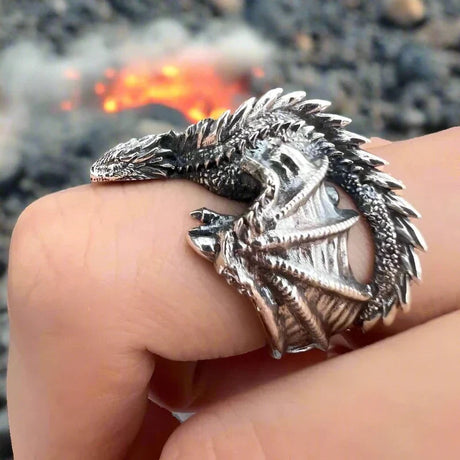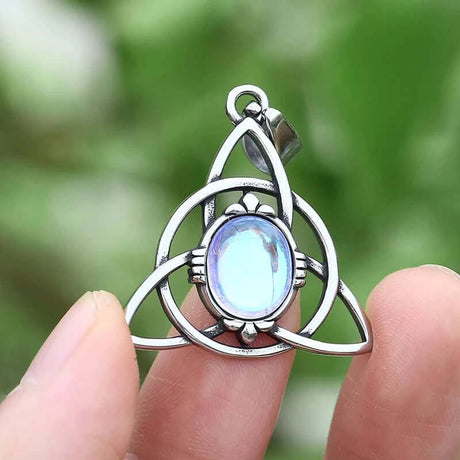Loki – the trickster, the shapeshifter, the silver-tongued god of mischief who walks a razor's edge between being an ally and an adversary to the Aesir. In the vast and dramatic landscape of Norse mythology, no figure is more enigmatic or controversial. To truly understand this complex deity, we must look beyond his own exploits and delve into the strange and often terrifying collection of beings that make up Loki’s Unique Family.
Unlike the relatively noble lineages of gods like Thor or Baldr, Loki’s Unique Family is a chaotic tapestry woven with giants, monsters, tragic figures, and even a magical eight-legged horse he personally gave birth to. His kin are not just characters; they are reflections of Loki's own liminal nature—his existence between worlds, his role as a catalyst for change, and his ultimate destiny as a harbinger of Ragnarök. This exploration will journey into the dark forests of Jötunheimr and the solemn halls of Asgard to meet Loki’s Unique Family and understand what their stories reveal about the Norse worldview.
The Outsider's Origins: Loki's Parentage
The story of Loki’s Unique Family begins with his own origins, which immediately set him apart from the other gods in Asgard.

The Outsider's Origins: Loki's Parentage
Fárbauti and Laufey: The Giantish Roots
Loki is not an Aesir god by birth. According to the Prose Edda, his father was the jötunn (giant) Fárbauti (whose name ominously means "Cruel Striker," possibly a personification of lightning) and his mother was Laufey (whose name might mean "Leafy Isle," suggesting a connection to trees). This giantish heritage is crucial; it marks Loki as an outsider, a being of chaos and the untamed wilderness who has been allowed into the ordered world of the gods. This dual nature is a constant source of tension and a key to understanding Loki’s Unique Family.
Blood Brother to Odin: A Place in Asgard
Despite his ancestry, Loki held a special and protected place in Asgard. This was due to a solemn oath he swore with the chief of the gods himself.
- The Blood Oath: In the poem Lokasenna ("Loki's Quarrel"), Loki reminds Odin of the blood oath they swore in ancient times, a pact that they would always drink together. This bond of blood brotherhood made them equals in a sense and obligated Odin to protect Loki, granting him access to the halls of the gods.
- A Complicated Relationship: This relationship was fraught with tension. Odin valued Loki's cunning and clever solutions to problems the gods couldn't solve, yet he was also wary of Loki's destructive and unpredictable nature. This complex bond is central to many of the most important Norse myths.
The Agents of Ragnarök: Loki's Children with Angrboða
Perhaps the most famous and fearsome members of Loki’s Unique Family are his three children with the giantess Angrboða ("Anguish-Boding" or "She-Who-Brings-Grief"). These offspring were not gods, but monstrous beings whose destinies were prophesied to bring about the downfall of the gods at Ragnarök.
Story Vignette 1: The Gods' Fear Imagine Odin on his high throne, his single eye seeing visions that made even the Allfather uneasy. He saw the future taking shape in Jötunheimr, in the Iron Wood where the giantess Angrboða dwelled. He saw the fruits of his blood brother's union: a wolf growing at an unnatural pace, a serpent of impossible length, and a girl whose very form was a contradiction of life and death. The Norns had whispered their fates. This was not just another lineage; this was Loki’s Unique Family, and they were a living, breathing prophecy of doom. Fear, a rare emotion in Asgard, took hold. The gods knew they could not kill these children, for to break the peace in their own realm was a grave crime. But they could not let them grow unchecked. A grim council was held, and the decision was made to confront this terrifying part of Loki’s Unique Family.
Fenrir, the Great Wolf
Fenrir is a colossal wolf, embodying untamable chaos and destructive force.
- His Binding: The gods, terrified by Fenrir's rapid growth and immense strength, attempted to bind him. They tricked him twice with great chains, which he shattered with ease. Finally, they commissioned the dwarves to create a magical fetter called Gleipnir, which was as thin as a ribbon but made from impossible things (the sound of a cat's footfall, the beard of a woman, the breath of a fish, etc.). Fenrir, suspicious, agreed to be bound only if one of the gods placed their hand in his mouth as a show of good faith. Only the brave god Tyr was willing. When Fenrir found he could not break Gleipnir, he bit off Tyr's hand.
- Destiny: Fenrir remains bound until Ragnarök, when he will break free, his jaws stretching from the earth to the sky, and he will devour Odin himself before being slain by Odin's son, Vidarr.
Jörmungandr, the Midgard Serpent
Jörmungandr is a sea serpent of such enormous size that he encircles the entire world of mortals, Midgard, grasping his own tail in his mouth.
- Cast into the Sea: When Jörmungandr was young, Odin cast him into the great ocean that surrounds Midgard. There, he grew to his colossal size, becoming a constant, underlying threat to the world.
- Thor's Nemesis: Jörmungandr is the arch-nemesis of Thor, the god of thunder. The two have several encounters throughout the myths, most famously when Thor goes fishing for him and nearly pulls him from the sea. Their final, fateful battle will occur at Ragnarök.
- Destiny: At Ragnarök, Jörmungandr will rise from the sea, poisoning the sky and water with his venom. He and Thor will kill each other. Thor will slay the serpent with his hammer, but will then walk only nine paces before succumbing to its deadly venom.
Hel, the Queen of the Underworld
Hel is a powerful goddess who was given dominion over the Norse underworld, also called Hel (or Helheim).
- A Grim Inheritance: Odin cast Hel into the cold, misty realm of Niflheim and gave her authority over the dead who did not die a glorious death in battle (those who died of sickness, old age, or accident).
- Her Appearance and Realm: She is famously described as being half beautiful woman and half blue-black decaying corpse. Her realm is a gloomy, cheerless place, but for most of its inhabitants, it is not a place of active torture.
- Her Role: Hel is not a figure of pure evil like a Christian devil. She is the stern, implacable, and neutral custodian of the dead. Her role in Loki’s Unique Family is to govern a necessary part of the cosmic cycle. At Ragnarök, she will lead an army of the dishonorable dead against the gods.
A Bizarre Birth: Loki as a Mother to Sleipnir
As if having monstrous children destined to destroy the world wasn't enough, Loki’s Unique Family also includes a child he personally gave birth to after a bizarre act of shapeshifting. This story perfectly encapsulates his role as a boundary-breaker.
The Wall of Asgard
The tale begins shortly after the creation of Asgard, when a giant builder offered to construct an impregnable wall around the gods' realm in exchange for a steep price: the sun, the moon, and the hand of the goddess Freyja in marriage. On Loki's advice, the gods agreed, but with an impossible condition: the giant must complete the wall in a single winter with the help of only his stallion, Svaðilfari.
Loki's Cunning Transformation
To the gods' horror, the giant and his magical stallion worked at an incredible pace, and it became clear they would succeed. The gods, blaming Loki for their predicament, threatened him with death if he didn't find a way to sabotage the work.
To solve the problem, Loki transformed himself into a beautiful mare. He then used his equine form to lure the stallion Svaðilfari away from his work, chasing the mare deep into the woods. Without his horse, the giant could not complete the wall in time, and the gods were saved from their bad bargain (they then promptly killed the giant).
The Birth of the Eight-Legged Steed
Some time later, Loki returned to Asgard and gave birth to a gray, eight-legged colt: Sleipnir. This horse grew to be the swiftest and greatest of all steeds, capable of traveling over land, sea, and through the air, and between the Nine Worlds. Sleipnir became Odin's prized mount, a crucial companion in his journeys. The fact that the Allfather's noble steed is a product of Loki's gender-bending trickery is a perfect example of the strange and interconnected nature of Loki’s Unique Family.
The Family of Suffering: Loki's Aesir Wife and Children
In stark contrast to his monstrous and powerful offspring with Angrboða stands Loki’s Unique Family within Asgard: his wife, Sigyn, and their ill-fated sons. Their story is one of tragedy and loyalty.

The Family of Suffering: Loki's Aesir Wife and Children
Sigyn, the Loyal Wife
Loki's wife among the Aesir is the goddess Sigyn. While not a major figure in many myths, her defining characteristic is her incredible, unwavering loyalty and faithfulness, even in the face of Loki's most heinous crimes and subsequent punishment.
The Tragic Fate of Narfi and Váli
The ultimate catalyst for Loki's downfall was his role in orchestrating the death of the beloved god Baldr. After the gods finally captured him, his punishment was horrific, and it involved the destruction of his family.
- A Cruel Transformation: The gods seized Loki's two sons with Sigyn, Narfi and Váli. They then magically transformed Váli into a ravenous wolf.
- Fratricide: In his frenzied state, the wolf Váli turned on his brother Narfi and tore him to pieces.
- The Binding of Loki: The gods then took the entrails of the slain Narfi, which turned into iron chains, and used them to bind Loki to three great stones deep within a cave.
Sigyn's Vigil: An Eternity of Devotion
Loki's punishment was not yet complete. The gods placed a venomous serpent on a rock above him, so that its poison would drip constantly onto his face. But his loyal wife, Sigyn, never left his side.
Story Vignette 2: Sigyn's Bowl Imagine the eternal gloom of the cave. Loki is bound, the iron entrails of his own son cutting into his flesh. Above him, the serpent's fangs drip, a slow, relentless rhythm of torment. But before each drop of venom can strike his face, a bowl appears, held steady by the trembling hands of Sigyn. She sits by him, her face a mask of sorrow and exhaustion, catching the poison. Her devotion is absolute. But the bowl eventually fills. For a few brief moments, she must turn to empty it. In those moments, the venom strikes Loki's face, and his writhing agony is so great that it causes the very earth to shake. These are the earthquakes of Midgard. Then, Sigyn returns, placing the bowl once more, resuming her vigil. Her story is the heartbreaking, loyal counterpoint within the saga of Loki’s Unique Family.
Debunking Pop Culture: The MCU and Loki's Family
For many in the US, their primary image of Loki's family comes from the Marvel Cinematic Universe, which takes significant creative liberties.
- Thor, the Adopted Brother: The MCU's central relationship is Loki as Thor's adopted brother. In mythology, they are not brothers in any sense. Loki is Odin's blood brother, a relationship of sworn equals, which is very different.
- Hela, the "Sister": As discussed previously, the MCU's Hela is presented as Odin's daughter and Loki's sister. This is a complete invention for the films. In the myths, Hel is Loki's daughter. This is perhaps the most significant alteration to Loki’s Unique Family.
A Summary of Chaos: Loki's Family Tree
To clarify these complex relationships, here is a summary of Loki’s Unique Family:
What Loki's Family Tells Us About the Viking Worldview
Loki’s Unique Family is not just a collection of strange characters; it's a powerful reflection of the Norse understanding of the cosmos.
- The Constant Threat of Chaos: The monstrous children, born of a giantess, represent the constant threat from the útgarðr (the world outside the ordered center), a threat that the gods must constantly fight to keep at bay.
- The Inevitability of Fate (Wyrd): The gods know the destiny of Loki's children, yet their attempts to prevent it (binding Fenrir, casting out Jörmungandr and Hel) only ensure that these figures are in their fated places for Ragnarök. It shows a belief that fate is inescapable.
- The Complexity of Loyalty: Sigyn's unwavering loyalty, even to a husband who has committed terrible deeds, presents a powerful and tragic vision of this core Viking virtue.
- Blurring Boundaries: Loki and his family constantly blur the lines: between god and giant, male and female (Loki as a mother), creator and destroyer, order and chaos. This reflects a worldview that was comfortable with ambiguity and contradiction.
Conclusion: The Progenitor of Legends and Nightmares
To explore Loki’s Unique Family is to explore the very essence of Loki himself: a being of chaos, transformation, and profound consequence. His children are not mere side characters; they are the literal agents of the apocalypse, the living embodiments of the forces destined to bring about the Twilight of the Gods. His wife, Sigyn, represents a loyalty so profound it endures eternal torment. And his strangest offspring, the horse Sleipnir, becomes the trusted mount of his blood brother and rival, Odin.
This bizarre and compelling cast of characters—gods, giants, monsters, and a magical horse—makes Loki’s Unique Family one of the most fascinating and significant aspects of Norse mythology. They are a constant reminder that in the Viking worldview, the lines between order and chaos were perilously thin, and that the greatest legends—and the most terrifying nightmares—could spring from the same unpredictable source.
4 FAQs
-
Q: Who are the most important members of Loki’s Unique Family in Norse mythology? A: Loki's Unique Family includes his giant parents, Fárbauti and Laufey; his giantess consort Angrboða, with whom he had three monstrous children (Fenrir the wolf, Jörmungandr the World Serpent, and Hel, queen of the underworld); and his Aesir wife Sigyn, who was a symbol of loyalty and mother to his ill-fated sons Narfi and Váli. Bizarrely, Loki also personally gave birth to Sleipnir, Odin's eight-legged horse.
-
Q: Who were Loki's three monstrous children, and why were they so feared by the gods? A: Loki's three monstrous children with the giantess Angrboða were Fenrir (a colossal wolf), Jörmungandr (the Midgard Serpent), and Hel (ruler of the underworld). The gods feared them because prophecies foretold that this part of Loki’s Unique Family would play a major role in their destruction during Ragnarök: Fenrir was destined to kill Odin, and Jörmungandr was fated to kill and be killed by Thor.
-
Q: Did Loki really give birth to an eight-legged horse? A: Yes, according to the myths, he did. To sabotage a giant who was building a wall around Asgard, Loki shapeshifted into a beautiful mare to lure away the giant's magical stallion, Svaðilfari. As a result of this encounter, Loki later gave birth to Sleipnir, the eight-legged horse who became Odin's prized steed, capable of traveling between the Nine Worlds.
-
Q: How is Loki’s Unique Family in Norse mythology different from the one in the Marvel movies? A: The differences are significant. In Norse mythology, Loki is Odin's blood brother, not his adopted son, and Thor is not his brother at all. The character Hela from the movies is presented as Loki's sister and Odin's daughter; in the myths, the similarly-named goddess Hel is Loki's own daughter, not his sister. This distinction is key to understanding the authentic story of Loki's Unique Family.







